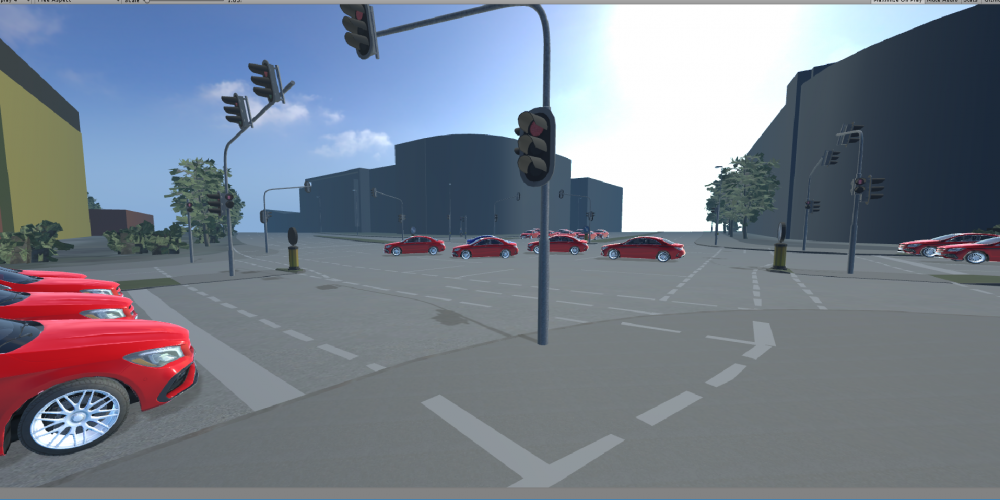
Dr. Andreas Löcken
- human-av interaction
- virtual reality

Automated and connected driving (German: “automatisiertes und vernetztes Fahren”, AVF) has the potential of a so-called “game-changer” for the mobility of the future. Although the world’s leading vehicle manufacturers, technology suppliers, and scientists operate in Germany, in public perception, the development of AVF takes place almost mainly in the USA – why? The answer lies in the agile development processes and the virtual development methods of the American IT industry. This industry has now chosen mobility as its target industry and considers autonomous transportation as rolling computers for services related to mobility. On the other hand, traditional development processes and hedging methods of the local automotive industry are at the forefront of the development of the product safety and functional safety of their products and are validated primarily through real road tests. The present joint project intends to integrate the advantages of both development perspectives and to promote new methods and processes for a rapid and, above all, efficient and safe introduction of AVF.
‘SAVe:’ generates a basis for the development of automated and connected driving (AVF), particularly in the urban environment, taking the interaction with social issues into account. The methodical development of combined virtual and physical protection of traffic scenarios, especially in mixed traffic as well as in the urban environment, creates a basis for future vehicle and traffic infrastructure developments. The conceptual creation and implementation of a “multifunctional virtual regional model” represents a central IT unit that digitally maps the above-mentioned urban space based on geometric, static, and dynamic data.
The modeling of the necessary technical components in a simulation environment as well as the actual simulation of functions of the AVF in exemplary realistic driving scenarios are of seminal importance for their future safety and thus for a safe introduction. Linking real experiments and using fleet data, simulation scenarios are enriched and validated. The combination of virtual and digital test field offers the possibility to create a secure development environment for AVF. For this purpose, scenarios are developed and evaluated with regard to their acceptance using demonstrators with the participation of the citizens. Research priorities are:

